Nurses, male or female, are underestimated more than often. You must have assumed that they may not provide diagnoses or treatment to your disease; however, no one can deny their significance when it comes to the quality of life, in hospitals and health care units and even in homes. Today we’ll discuss how nurses came up with solutions that saved lives and won our hearts.
The New England Journal of Medicine published an article in 2011 stating that multiple studies have shown that primary care services can be governed by Nurses as successfully as by Doctors and in safety. When a patient is cared for by both doctors and nurses, the patients are not only more satisfied, but this care system generates more revenue.
The role of a nursing practitioner is expanding, with the perspective, they have on medical procedures, which have resulted in some innovative inventions. Let us see what tools would not have been available to us, had it not been for Nurses
1. Sanitary Pads
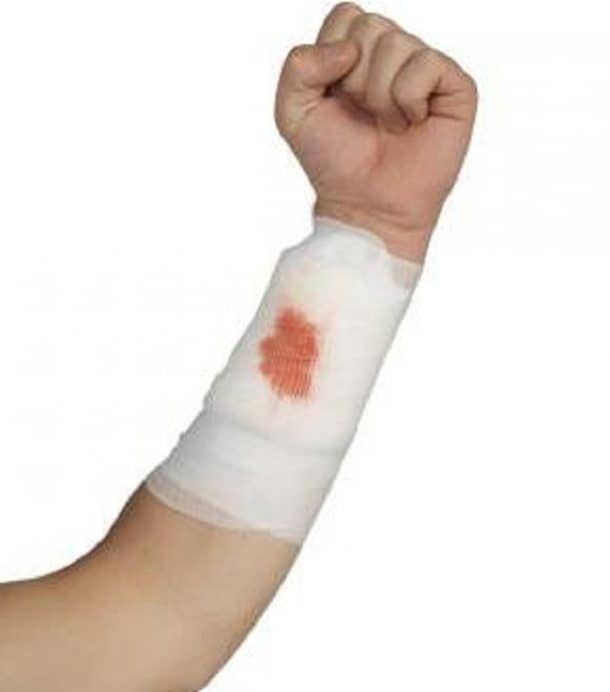
The injured soldiers in WWI were bandaged with a Cellucotton material. The material was five times more absorbent than cotton. The nurses would use it informally. The disposable product was commercialized as Kotex, once the war was over.
2. Crash Carts
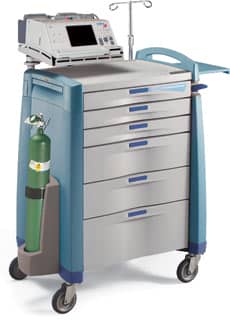
Most medical procedures are time constrained, and before 1968 those valuable seconds were wasted for looking and obtaining the tools, while patient hung between life and death. Until Anita Dorr came up with the idea of a cart to organize tools to be available readily in the time of need. The set of drawers was initially called the crisis cart which she made in her basement. She is also known to have co-founded the Emergency Nurses Association. Now the crash cart is an essential part of medical equipment around the globe.
3. Color-Coded IV Lines

The critical nature of the occupation leaves a very small gap for errors. It was Barton-Salinas who had the idea of Color-Coding the IV lines when she had to apply the lines on a newborn while assisting a delivery. To identify the lines in a matter of seconds when they were made from plastics, clear in color, was very risky. Nurse Teri Barton-Salina along with Gail Barton-Hay, her sister, patented the Lines in 2003.
4. Neonatal Phototherapy

Jaundice makes babies with high bilirubin levels in their blood look Yellow. Such high levels are caused by the destruction of red blood cells. If the liver is not functioning properly, the bilirubin obtained from red blood cells will not be broken down, which is highly likely in newborns. Infants with Jaundice are assisted with sunlight today. It was Sister Jean Ward, in 1950, who observed that sunlight and fresh air helped the infants while working as a nurse at Rochford General Hospital In Essex, England. One of the doctors noticed that the part of the baby’s body covered was more yellow in color than that exposed. Now Phototherapy is practiced as a treatment for Infants with Jaundice.
5. Billi-Bonnet
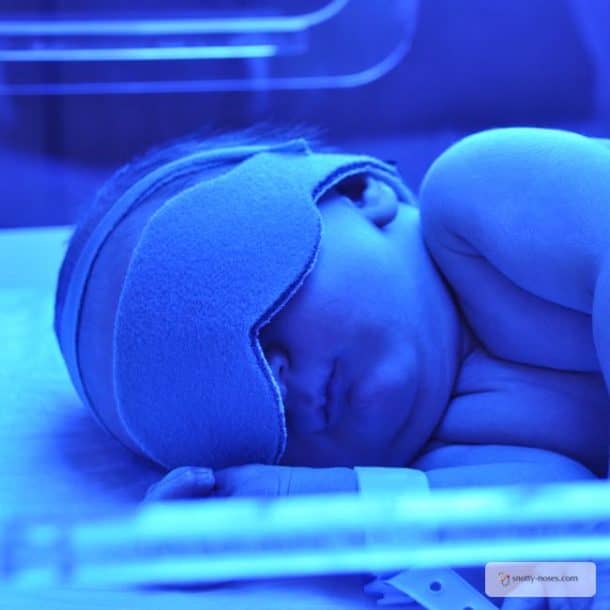
The infants who were treated for Jaundice were exposed to bright lights which would put their eyes in harm’s way. Sharon Rogone was working in Neonatal ICU of a Hospital, in San Bernardino California, in 1990 who made glasses designed for premature babies with Jaundice. Before that, the temporary eye protection was provided with any material available. The glasses were supported by a tiny bonnet, and hence the glasses were called Bili-Bonnet. Small beginnings, the company that she started after the invention, has been serving other products for premature babies ever since.
6. Baby Bottles with Disposable Liners
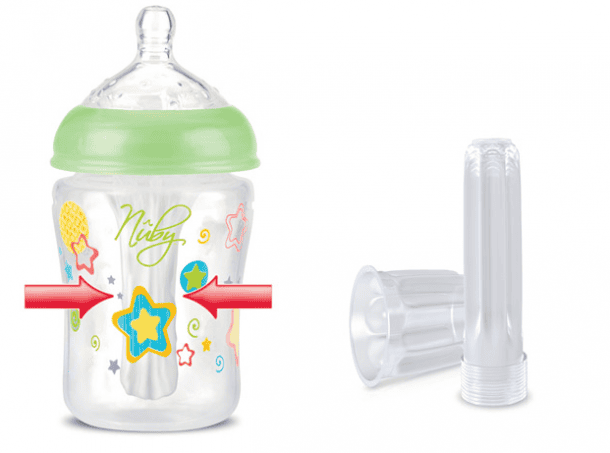
In 1940, Adda May Allen, a nurse at Columbia Hospital Washington, discovered that babies are exhausted when nursing with bottles. She made a disposable liner which created a partial vacuum as the infant nursed on the original bottle. This would in result invert the nipple. The sides would come closer to each other, in a plastic liner, while infant drank the milk.
7. A Feeding Tube For Paralyzed Veterans
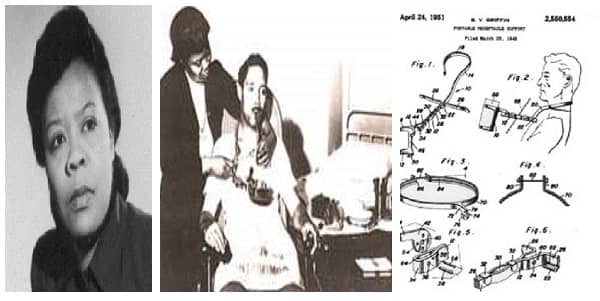
Nurse, Bessie Blount Griffin, in the time of WWII, created a tube that would help feed the paralyzed veterans, who were unable to feed themselves, by using their teeth. This restored their independence when food in liquid form could be chewed down on the tube. Bessie was named “Wonder Woman” and wasn’t the only invention she is responsible for becoming first African American Woman to be employed by Scotland Yard.
8. Ostomy Bag
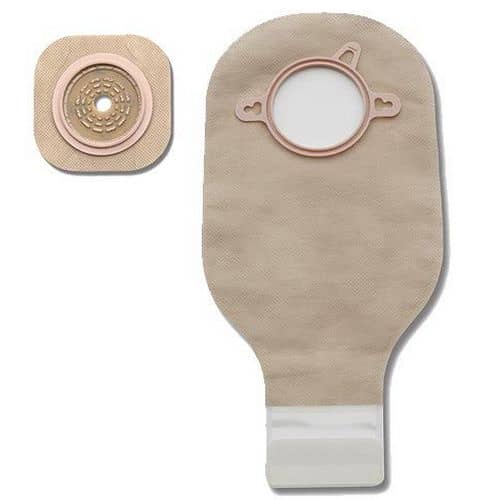
Thora suffered from colon cancer and used an ostomy equipment for her waste, post surgery. The odor and often leakage lead Elise Sorensen, Thora’s elder sister, and a Danish Nurse visiting, to invent a plastic pouch that could remain close to Thora’s body. Ever since 1954, the patients who go through Ostomy surgery use the Ostomy bag.
Be appreciative and grateful to the nurses this National Nurses Week, starting May 6. Not only have they served us or a family member in difficult times, but also made lives easier for millions in health care sector.


